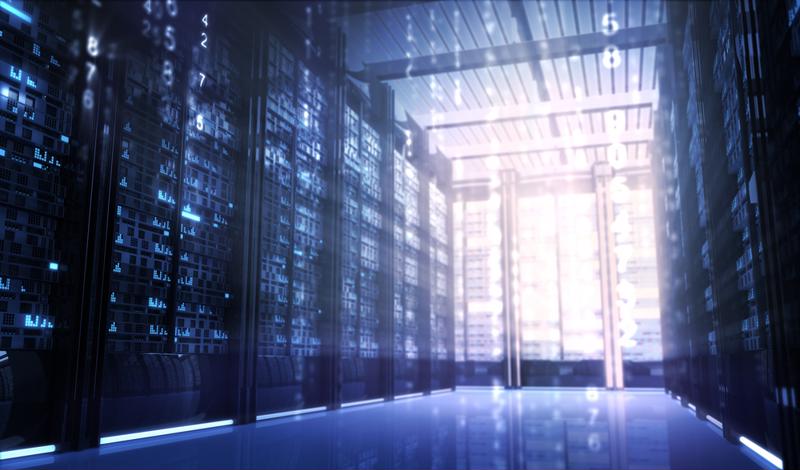How location affects data center cooling
How location affects data center cooling

Data center energy efficiency is a huge concern for many current administrators. In fact, the Natural Resources Defense Council projected that by 2020, U.S. data centers alone will use 140 billion kilowatt-hours of energy on a yearly basis. Although much of this is needed to keep servers powered and functional, a good portion of this electricity consumption will go toward data center cooling.
There are a lot of people in the industry currently working on this problem, but one of the best ways to ensure efficiency is to pick a solid location for the facility. All locales are not created equal, and as such, it's important to consider the major environmental factors of a certain location. But what do data center administrators need to evaluate when looking for an area for their building?
The environment needs to be predictable
Before any other factors can be considered, it's absolutely vital to make sure that the intended data center has a predictable climate. There are enough variables in data center cooling as it is without having to readjust for unexpected weather events. In fact, Rajan Battish, vice president and director of the Mission Critical Group at CallisonRTKL, knows just how much a predictable climate can impact cooling.
"A site that has a temperate, nonvariable environment will require less mechanical cooling in lieu of economizers," Battish said. "Mechanical cooling requires energy to operate and impacts the overall efficiency (power utilization effectiveness) of the data center."
"Unpredictable environments will only strain the cooling budget."
What's more, Battish also stressed the importance of finding a place where air conditioning needs are going to remain "constant regardless of the season." There are a lot of areas in the U.S. that have temperate conditions most of the year, but also have weather events such as extreme heat waves to deal with. These regions should be avoided if at all possible, as they will only strain the cooling budget over time.
Think outside the box
Once a few predictable locations have been chosen, it's time to start thinking creatively. The exact type of cooling within the proposed data center is going to play a huge role here, Free-air cooling is one increasingly common approach, as it simply utilizes the air that surrounds the facility.
That said, using free-air cooling comes with a few conditions. Chief among them is that the data center needs to be in an area with clean, reusable air. This is a problem that data centers in China have run into recently, as the air near China's biggest cities has been known to contain high amounts of pollutants. This smog can clog up cooling systems and even find its way into the servers themselves, causing major hardware damage.
Baidu, a Beijing-based search engine and Web services provider, learned the importance of clean air the hard way, according to Data Center Knowledge editor Yevgeniy Sverdlik. The pollution problem in China has caused multiple incidents of hardware failure for the search engine giant, and has driven the company's cooling experts to begin research on how to circumvent the problem. While this is certainly easier than relocating to a cleaner part of the country, the lesson here is to never underestimate an environment's ability to destroy.
While avoiding potentially dangerous locations is obviously important, another factor to consider is how a data center can use the surrounding environment to its advantage. While free-air cooling is extremely popular, many data centers have also begun to experiment with a water-cooled environment. AliCloud, the cloud computing arm of Chinese e-commerce giant Alibaba, has begun using a local lake as a means of cooling its servers, with an 80 percent increase in energy efficiency as a result. In fact, AliCloud's engineers have even figured out a way to reuse the heat transferred to the lake water in order to heat local buildings, again decreasing the facility's ecological impact.
This example shows the importance of using a local environment's resources. Each location has its innate advantages, and finding ways to use them to increase cooling efficiency is vital.

Administrators need reliable equipment
Regardless of the selected location, solid temperature monitoring and data center cooling systems are needed to ensure the safety of IT equipment. Servers can overheat quickly, and not having the proper systems in place to mitigate this risk can lead to significant loss.
First and foremost, data center administrators need a robust monitoring system. Environet software allows officials a unique glimpse into their facility's current status by providing real-time updates about the data center's critical equipment and environmental status. This system records data for later review, as well as provides key personnel with an immediate alarm if server temperatures are beginning to reach dangerous levels.
Aside from monitoring, administrators should also look into keeping server racks cool with the Geist Cool ActiveAir containment system. This product prevents heat from one server invading nearby equipment, while also working to direct heat into CRAC units. It's a great solution for ensuring pockets of hot air don't develop in the data center.



